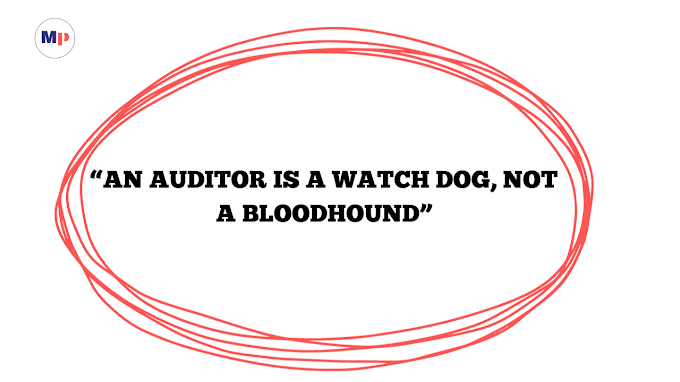Joseph Priestley was an English priest, author, chemist and scientist, who made one of the most significant contributions to the field of experimental chemistry with his discovery of oxygen.
JOSEPH PRIESTLEY EARLY LIFE
Joseph Priestley was born on 13th March, 1733 in England to Jonas Priestley and Mary Swift. He was the eldest of six children. He belonged to an English family and his parents were cloth makers.
JOSEPH PRIESTLEY EDUCATION
From a very young age, Priestley was interested in politics, religion and science. He studied Latin and Greek, and became skilled in physics, philosophy and mathematics. His father sent him to live with his uncle and aunt. After he completed his education at the local school, he went to Daventry Academy. Priestly completed his education and worked as a minister and a teacher.
JOSEPH PRIESTLEY CAREER
During the 1760s, Priestly met many English intellectuals. In 1765, he was made a Doctor of Law by the University of Edinburgh for his A Chart of Biography. The next year, his experiments with electricity made him a member of the Royal Society. His involvement in religious and political philosophies led him to become friends with leaders like Benjamin Franklin, John Adams and Thomas Jefferson.
Benjamin Franklin was Priestley's good friend and supported his work in science and politics. Priestley's most significant research was the 700-page long The History and Present State of Electricity. Priestley's other major work was ‘The Rudiments of English Grammar’, a famous grammar book written in 1761. He opened a local school where children were taught English grammar and other languages.
In 1765, he released Essay on a Course of Liberal Education for Civil and Active Life. In his essay, he discussed how universities don't allow their students to learn practical skills which could be of use in the real world. Instead, children were given a traditional and classical education. Later, he published a book called’ A History of the Corruptions of Christianity’. This was the most significant of all his works as an author. Priestley soon became a well-established author and people liked reading his works. He became one of the most respected members of Britain's scientific community.
JOSEPH PRIESTLEY DESCOVERY AND INNOVATION
Priestley also established himself as a renowned chemist. One of his most significant discoveries was oxygen. He conducted many experiments to analyze the different properties of air. He tested oxygen separately to see if it would support life. Then one day, he made an important observation: plants released oxygen into the air. Between 1772 and 1790, he wrote six volumes of ‘Experiments and Observations on Different Kinds of Air’. He explained the ways by which he discovered oxygen. The word 'oxygen' was derived from the Greek word for 'acid-maker'.
Priestley was known to be a supporter of the American Revolution. He also published many controversial works and supported the French Revolution. During 1791, his writings led to a massive negative response from the public and the government. His house and church were burned down, after which he fled the country with his family. He settled in Pennsylvania, United States and spent the latter years of his life there.
Priestley continued his research and made more significant contributions to chemistry. He experimented and separated carbon monoxide. It was termed as 'heavy inflammable air'. He also built the Unitarian Church in the United States. In 1876, the American Chemical Society was founded because of Priestley's discovery of oxygen. Currently, it is the world's largest scientific society.
JOSEPH PRIESTLEY LEGACY
Many statues of Priestley have been built all over Britain as a tribute to his inventions. Since 1922, the Priestley Medal has been awarded to those scientists who contributed towards the welfare of humanity.
JOSEPH PRIESTLEY MARRIAGE
Priestley got married on 23rd June, 1762 to Mary Wilkinson. The couple had four children.
JOSEPH PRIESTLEY DEATH
He died at the age of seventy on 6th February, 1804.





